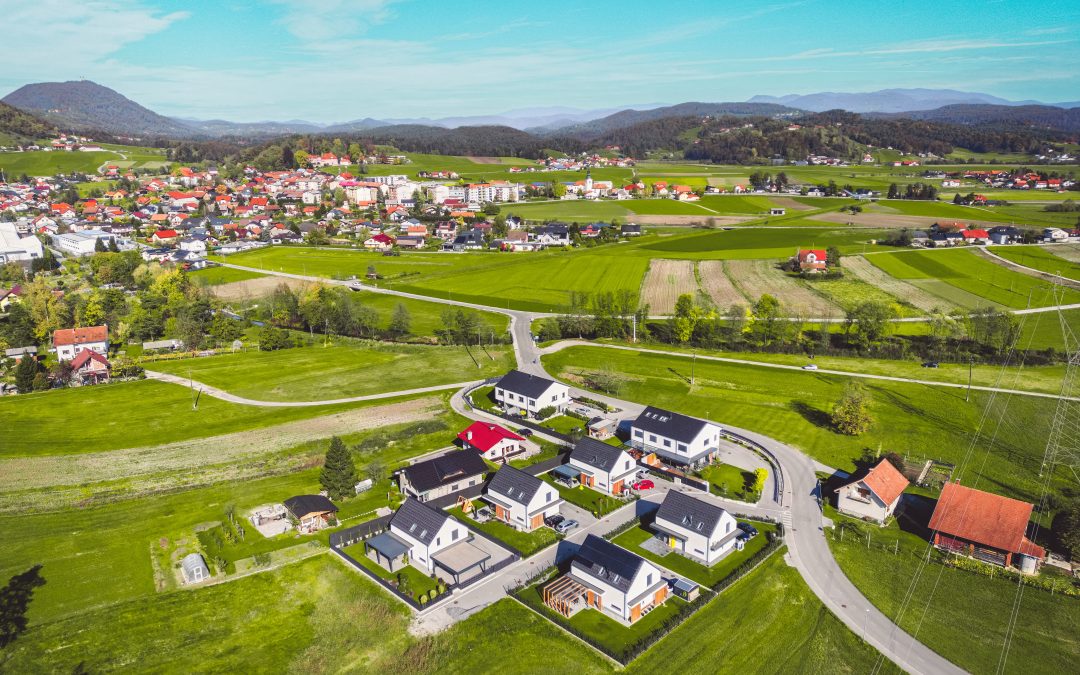As urban areas continue to expand and environmental concerns become more pressing, the integration of solar energy into urban development stands out as a pivotal strategy for creating sustainable, greener cities. In the Northeast region of the United States, cities are increasingly embracing solar power to reduce carbon emissions, enhance energy resilience, and promote sustainable growth. This blog explores how solar energy is transforming urban landscapes and highlights real examples from cities in the Northeast leading the charge towards a sustainable future.
The Importance of Solar Energy in Urban Development
Urban areas are major consumers of energy and contributors to greenhouse gas emissions. Incorporating solar energy into urban development addresses these challenges by providing a clean, renewable energy source that reduces reliance on fossil fuels. Solar energy helps cities achieve sustainability goals, enhances energy security, and can lower energy costs for residents and businesses.
New York City: Solar One’s Vision for a Solar-Powered Future
New York City is a prime example of urban solar energy integration. The city’s Solar One initiative has been at the forefront of promoting solar energy adoption. Solar One’s efforts include educational programs, policy advocacy, and community solar projects. The NYC Solar Partnership, a collaboration between the Mayor’s Office of Sustainability, the NYC Economic Development Corporation, and Solar One, aims to install 1,000 megawatts of solar power by 2030.
A notable project is the Brooklyn Army Terminal’s rooftop solar installation, which is one of the largest in the city. This project not only generates clean energy but also serves as a model for integrating solar power into existing urban infrastructure. The solar panels provide power to the terminal’s tenants and contribute to New York City’s broader sustainability goals.
Boston: Leading with Solar Innovation
Boston, Massachusetts, has also made significant strides in solar energy adoption. The city’s Renew Boston Solar Program encourages residents and businesses to install solar panels through financial incentives and streamlined permitting processes. Boston’s commitment to solar energy is evident in its ambitious goal to become carbon neutral by 2050.
One standout example is the Boston Housing Authority’s (BHA) installation of solar panels on public housing developments. These installations not only reduce energy costs for low-income residents but also demonstrate the city’s commitment to equitable access to renewable energy. Additionally, the Boston University Center for Computing & Data Sciences, set to open in 2022, is designed to be powered entirely by renewable energy, including a significant solar component.
Philadelphia: Solarize Philly’s Community Impact
Philadelphia, Pennsylvania, has embraced solar energy through its innovative Solarize Philly program. This citywide initiative makes solar energy more accessible to residents by offering group buying discounts and affordable financing options. The program has successfully installed solar panels on hundreds of homes, reducing energy costs and carbon emissions.
In addition to residential projects, Philadelphia is leveraging solar energy for public buildings. The city’s School District has committed to installing solar panels on schools, aiming to power 20% of its energy needs with renewable sources by 2025. These projects not only provide clean energy but also serve as educational tools, teaching students about the importance of sustainability.
The Benefits of Urban Solar Integration
The integration of solar energy into urban development offers numerous benefits:
- Reduced Carbon Emissions: Solar power reduces reliance on fossil fuels, lowering greenhouse gas emissions and helping cities meet climate goals.
- Energy Resilience: Solar installations, especially when paired with battery storage, provide a reliable energy source during grid outages, enhancing urban resilience.
- Economic Savings: Solar energy can lower electricity bills for residents, businesses, and municipal buildings, providing economic relief and promoting reinvestment in communities.
- Job Creation: The solar industry creates local jobs in installation, maintenance, and manufacturing, contributing to economic growth.
- Public Health: Reducing air pollution from fossil fuels improves air quality and public health, particularly in densely populated urban areas.
Embracing a Solar-Powered Future
As cities in the Northeast region continue to grow, the integration of solar energy into urban development is essential for creating sustainable, resilient, and green urban environments. New York City, Boston, and Philadelphia are leading examples of how solar power can be effectively harnessed to transform urban landscapes, reduce carbon emissions, and promote sustainability. By investing in solar energy and supporting innovative programs and policies, cities can pave the way towards a cleaner, brighter future for all.


Recent Comments